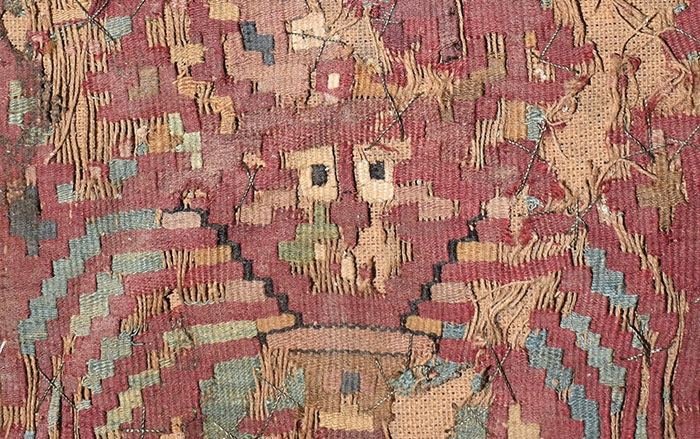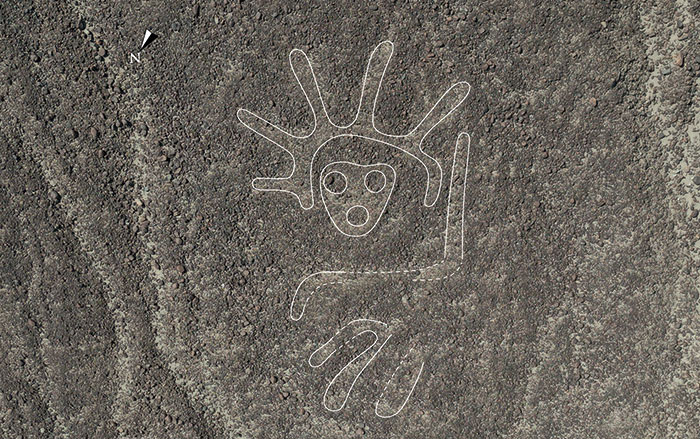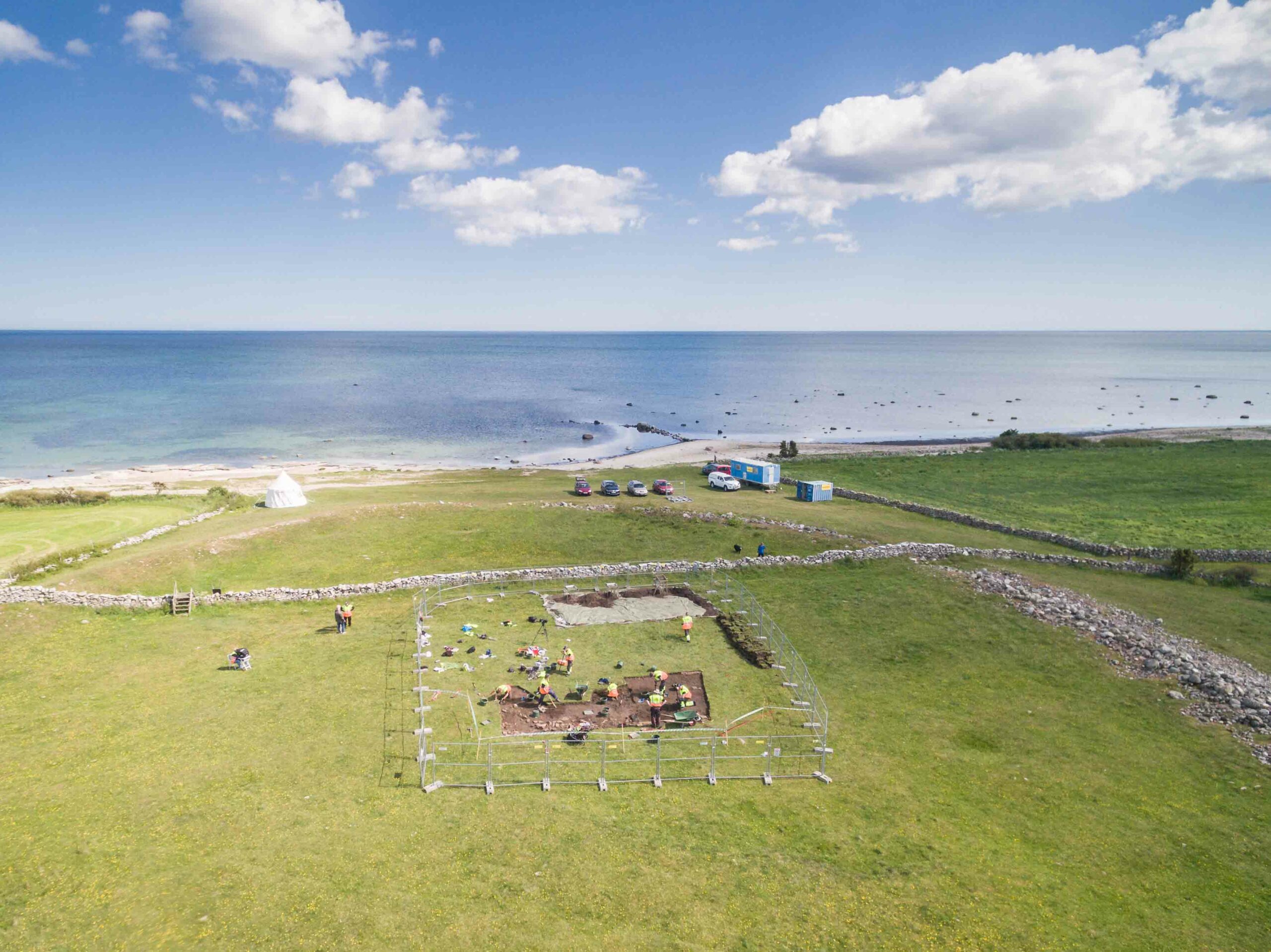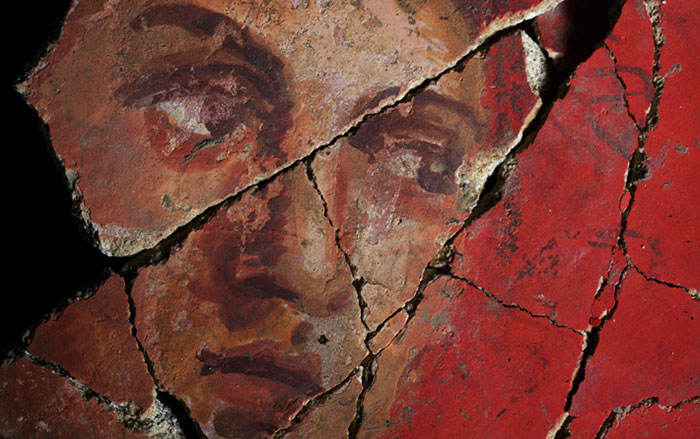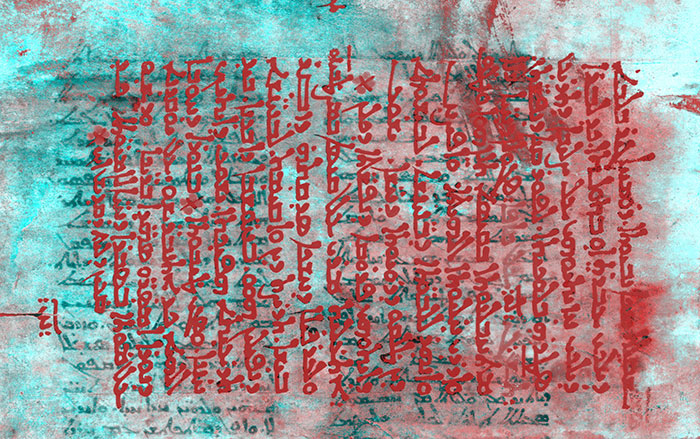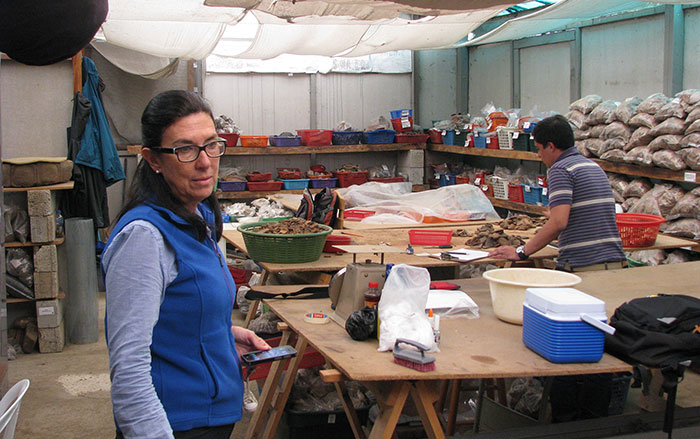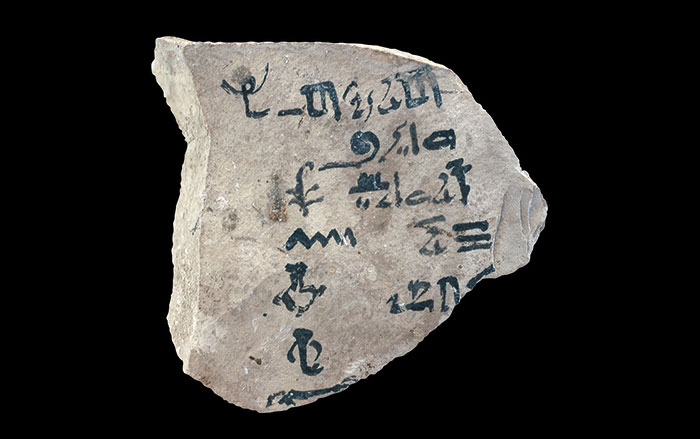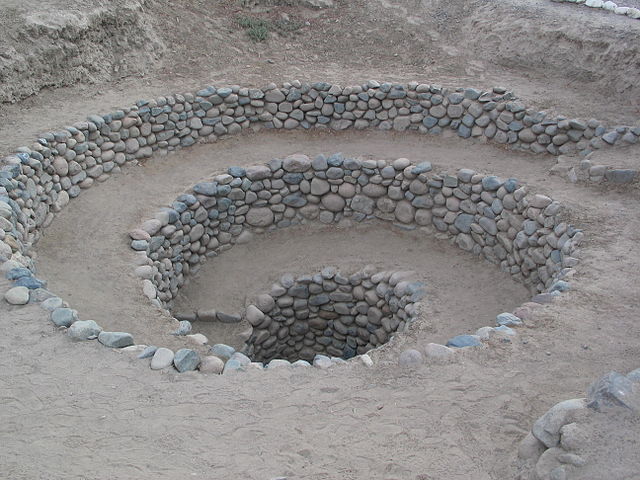
POTENZA, ITALY—Rosa Lasaponara of the Institute of Methodologies for Environmental Analysis and a team of researchers used satellite images to study puquios, the spiral-shaped holes thought to have been constructed between 1000 B.C. and A.D. 750 by the same people who created the Nazca geoglyphs. The distribution of the holes across the arid region, and their positions near settlements, suggests that they were part of a sophisticated hydraulic system for retrieving water from underground aquifers. Lasaponara thinks that the spiral holes funneled wind into the Nazca aqueduct system to keep the water moving. “What is really impressive is the great efforts, organization, and cooperation required for their construction and regular maintenance,” she said in BBC News. To read in-depth about a mysterious alignment not far from the Nazca geoglyphs, go to "An Overlooked Inca Wonder."




